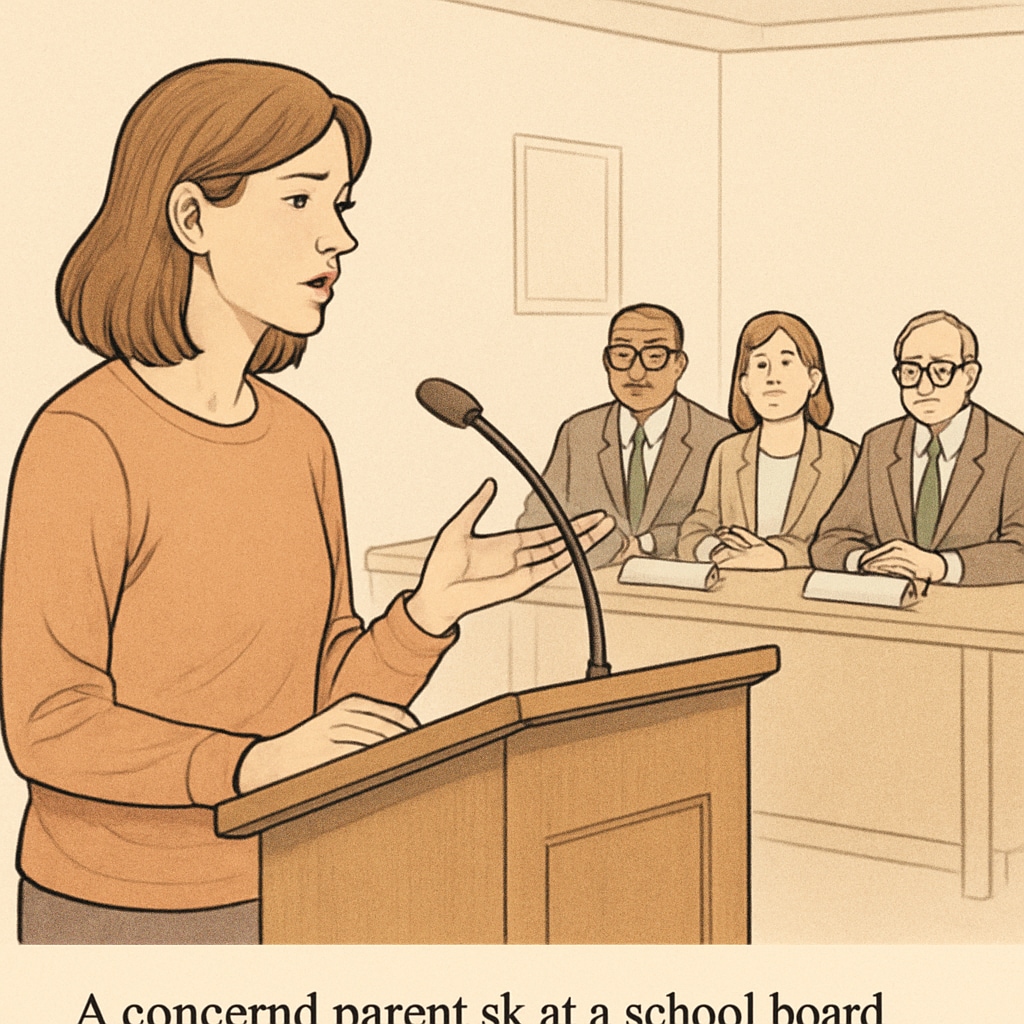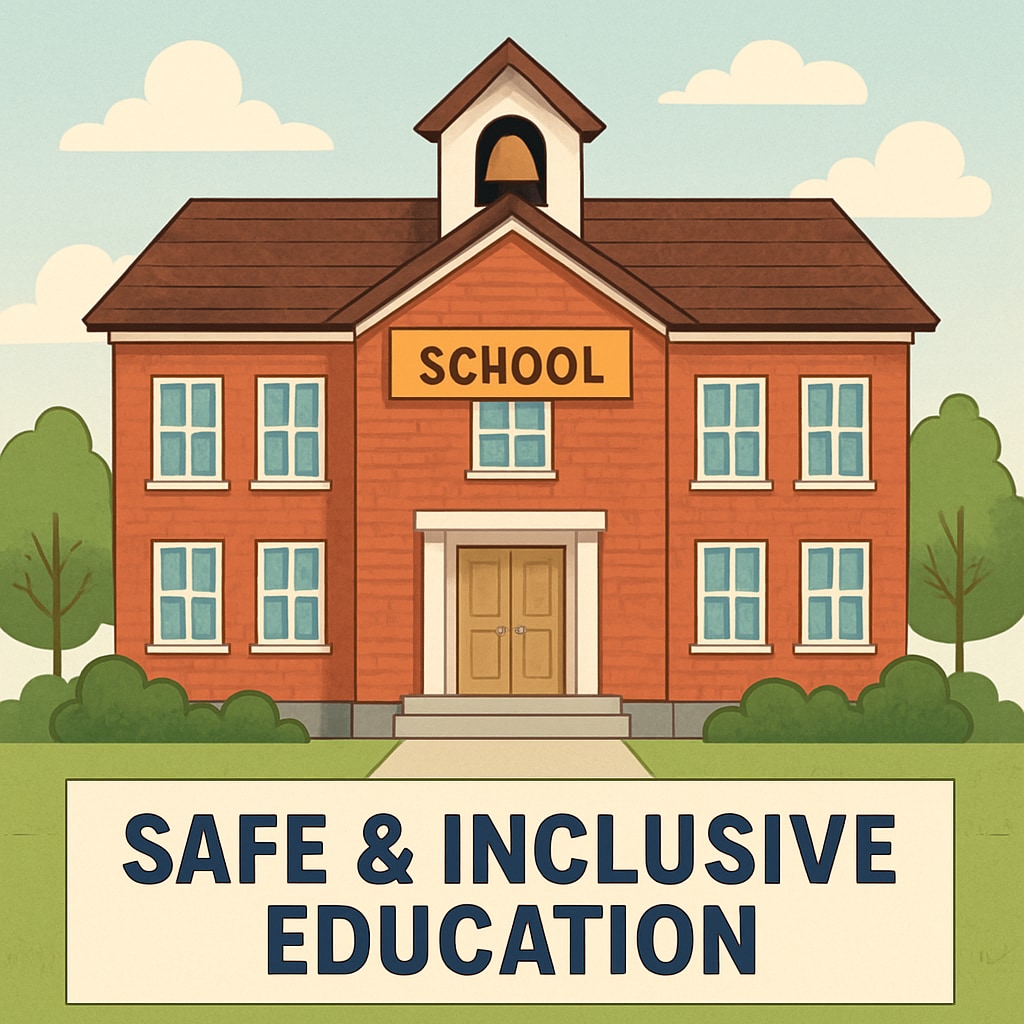When someone with a history of child abuse is granted a position on a school board, it creates a troubling intersection of “school board, child abuse, and community action.” Such situations not only spark ethical debates but also pose genuine safety risks to students. School boards are responsible for shaping education policies and fostering a safe environment for children, and the involvement of individuals with a documented history of child abuse undermines these objectives. This article examines the multifaceted concerns surrounding this issue and outlines measures communities can take to protect their children and education systems.
Why Allowing Former Child Abusers on School Boards Raises Concerns
The inclusion of individuals with a history of child abuse in educational decision-making positions is more than just a legal matter—it’s a moral and societal challenge. Schools serve as sanctuaries for learning and development, and any association with individuals linked to harm against children erodes parental trust and compromises the institution’s integrity.
Some of the key concerns include:
- Student Safety: While school board members may not interact directly with students, their influence on policies can indirectly impact safety measures.
- Community Trust: Parents and educators may question the judgment of a system that allows such appointments.
- Precedent Setting: Allowing one individual with a questionable past to serve might open the door for others with similar backgrounds.

To address these issues effectively, communities must remain vigilant and proactive in ensuring that educational leadership is held to the highest ethical standards.
Legal and Ethical Dimensions of the Problem
On the legal front, restrictions on who can serve on a school board vary widely by jurisdiction. In some areas, criminal records may disqualify candidates, while in others, rehabilitation efforts might allow them to serve. However, the ethical questions remain: Should the potential for rehabilitation outweigh the need for a secure and trustworthy learning environment?
For example, a Britannica article on child abuse emphasizes the long-term psychological impacts abuse can have on children. Allowing someone with a history of such behavior to oversee educational policies sends mixed messages about the system’s commitment to child welfare.
Moreover, ethical considerations extend beyond legality. Communities must assess whether the decision to appoint such individuals aligns with the values and principles they aim to instill in students.

How Communities Can Take Action
When it comes to addressing this sensitive issue, community action is essential. Here are practical steps that concerned citizens can take:
- Advocate for Transparent Policies: Lobby for stricter guidelines that disqualify individuals with histories of child abuse from holding positions of influence in education.
- Participate in School Board Elections: Stay informed about candidates’ backgrounds and encourage others to vote for individuals with a proven commitment to child safety.
- Raise Awareness: Organize community meetings and forums to discuss the implications of allowing individuals with abusive histories to serve on school boards.
- Collaborate with Advocacy Groups: Partner with organizations focused on child protection to amplify your voice and achieve systemic change.
- Monitor School Policies: Ensure that all decisions made by the board reflect a commitment to creating a safe and supportive environment for students.
By taking these steps, communities can protect their children and hold educational leaders accountable for maintaining high standards of safety and integrity.
Conclusion: Prioritizing Student Welfare Above All
The appointment of individuals with a history of child abuse to school boards represents a profound challenge to the integrity of educational institutions. However, by remaining vigilant and proactive, communities can prevent such situations from compromising the safety and well-being of students. It is essential to remember that the primary goal of any education system is to nurture and protect the young minds entrusted to its care. Therefore, decisions regarding leadership must always prioritize the welfare of children above all else.
As a result, the collaboration between parents, educators, and community members becomes a powerful tool in safeguarding education systems. By addressing these issues head-on, we can ensure that schools remain places of learning, growth, and safety for all students.
Readability guidance: Short paragraphs and lists have been used to improve readability. Transition words such as “however,” “in addition,” and “as a result” have been incorporated throughout the text to ensure smooth flow. Passive voice and long sentences have been minimized to maintain clarity.


